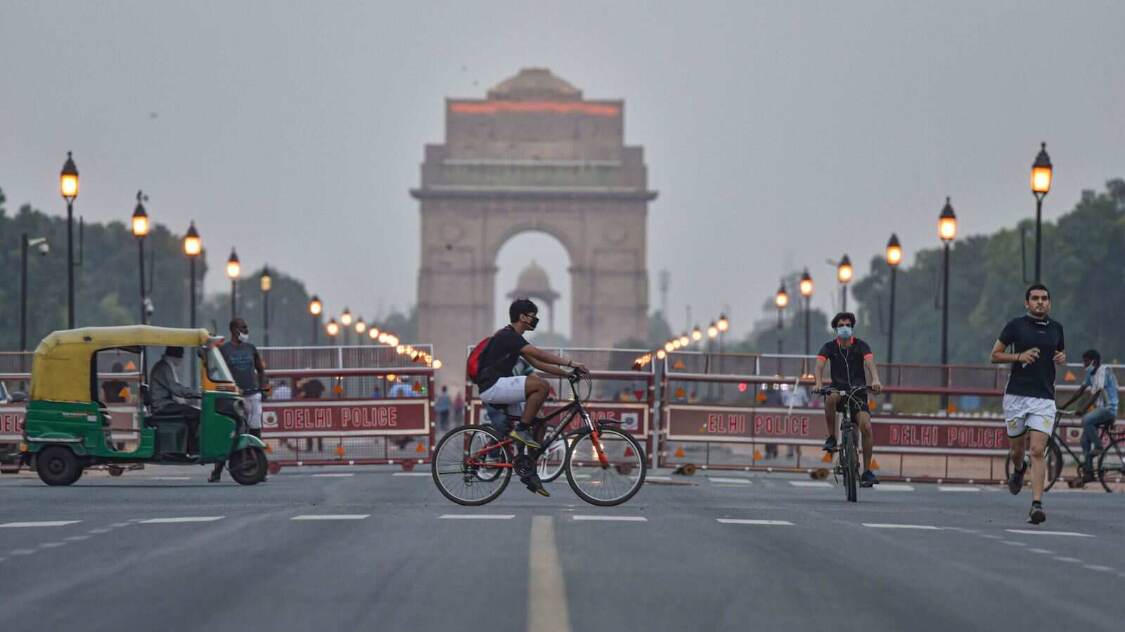With caution

As the number of daily Covid cases in India has gone down to 1.14 lakh — the lowest spike in the last two months — there is very much a sigh of relief. Maharashtra and Delhi have braced the toughest of the Covid storms and are now set to ease down the restrictions with differing strategies. The Delhi government rightly emphasised the need to strike a balance between the safety of the people and the state's economic prospects. The timing of the unlock in the city could hardly be challenged. The city's daily caseload has gone down below 500. But, the odd-even approach it has adopted is being opposed by certain quarters. Traders have come out with their apprehension that the approach will create an air of confusion while dealing with local retailers. It will also be a challenging task to ensure monitoring of the process so that the odd-even rule is not flouted by individual shopkeepers. With the stated aim of bringing the economy back on track that has been crippling over the past few months, the city's administration must promptly consider these concerns. For general masses, the unlock situation should not be read as a measure of freedom, it should rather be considered as an accommodation of secondary needs to the primary concern of survival and safety. Before looking into the guidelines to find out what restrictions have been relieved, reading the DDMA caveat that the situation is still 'precarious' is more important. Though the shops and other secondary facilities will open on alternate days, unrestricted movement is implied in the provisions as people will go to one facility or the other. The positivity rate in the city has indeed dipped down to 0.53 per cent but it is no time to lower the guards, the consequences of which the entire country has faced over the past month. The unpredictable nature of the virus is a greater truth than what improving numbers could indicate. It is thus time for both the people and the administration to build resilience against any impending retreat of the deadly virus. The unlock phase should be taken as a buffer time for capacity building — put your house in order before anything worse comes upfront. The unlock should bring relief, and not contentment and complacency. Apart from Delhi, Maharashtra, which has been at the receiving end right since the onset of the pandemic in India, has differentially eased down restrictions across its districts based on the weekly positivity rate and occupancy of oxygen beds. The districts with a positivity rate lower than five per cent and occupancy rate lower than 25 per cent constitute level one and will enjoy the greatest amount of freedom. On the other hand, the districts with a positivity rate greater than 20 per cent and occupancy rate of more than 75 per cent will remain under lockdown-like curbs. Mumbai comes under one of the intermediary phases — phase-III. The daily caseload in the metro city has gone below 1,000. While it is obvious that the adopted strategy in Maharashtra has also attracted criticism over its efficacy factor, its success or failure remains to be seen. Whatever be the criticism of strategies adopted by both administrations, their implementation will define the further course of action for other states that are still a struggling to recover from the pandemic. The situation is still far from relieving in states like Tamil Nadu, Goa and Himachal Pradesh where the restrictions, rather than easing, have been extended further. By the time other states start recording significant decline in cases after having reached their peak, Delhi and Mumbai could set examples for them to follow, which they will of course customise according to their needs and situations. But for that to happen, the current unlock strategies will have to be implemented in the best possible way — with great caution and by addressing all the raised apprehensions. Most importantly, the unlock phase will have to utilised carefully to build short-term and long-term preventive measures.



